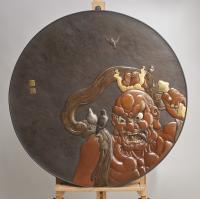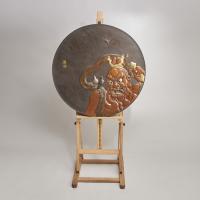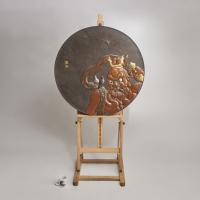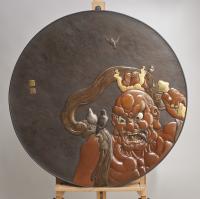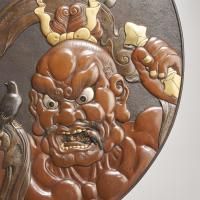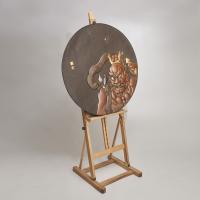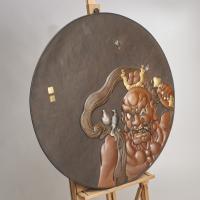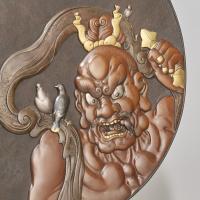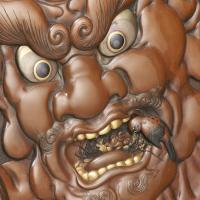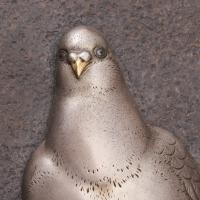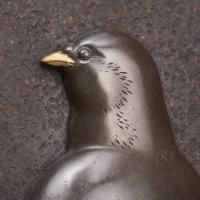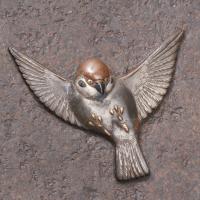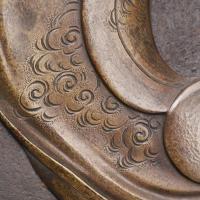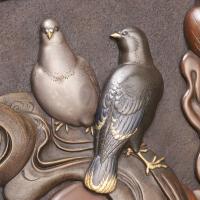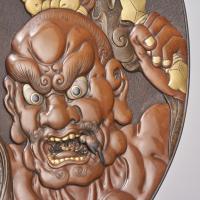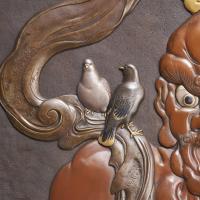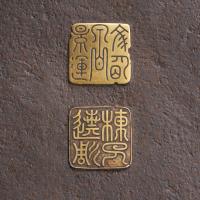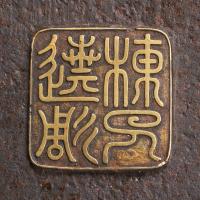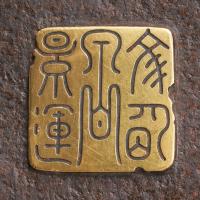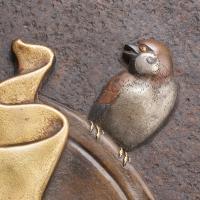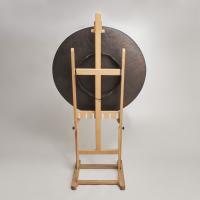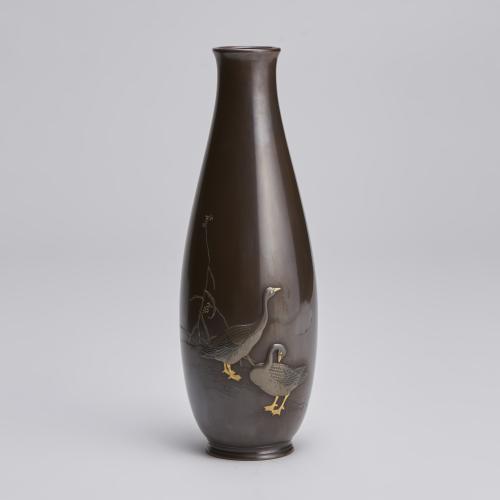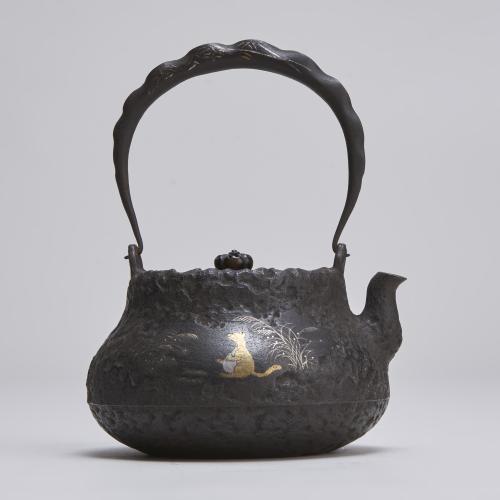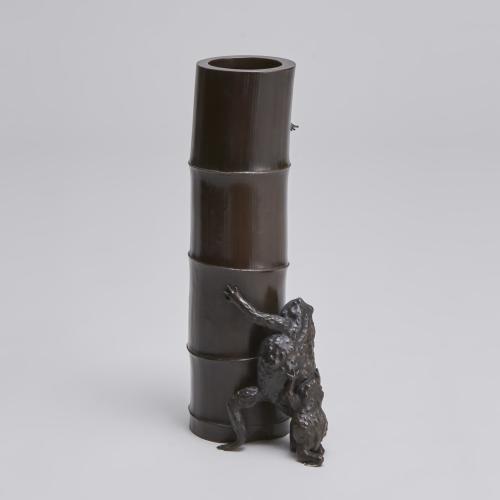
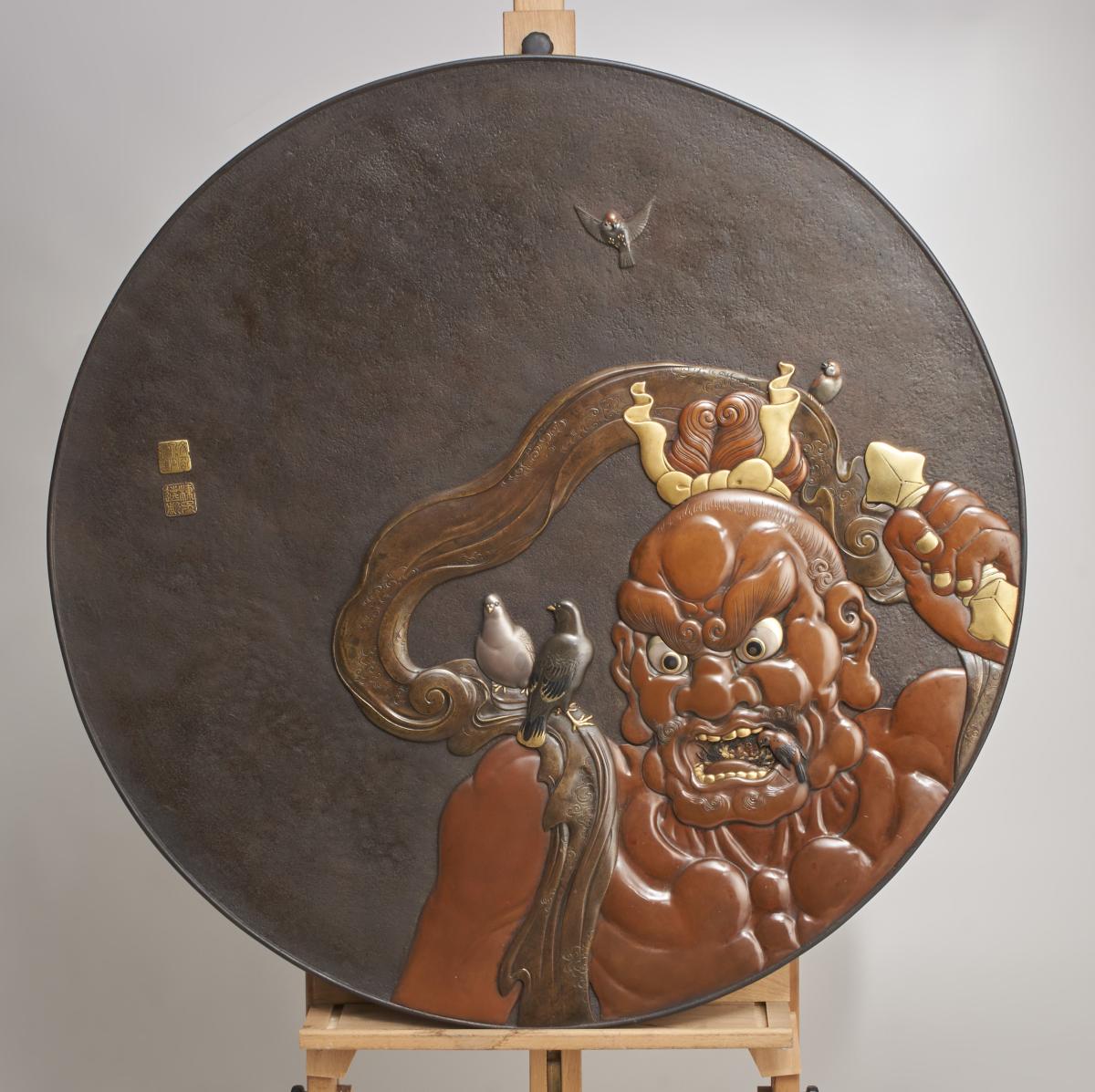
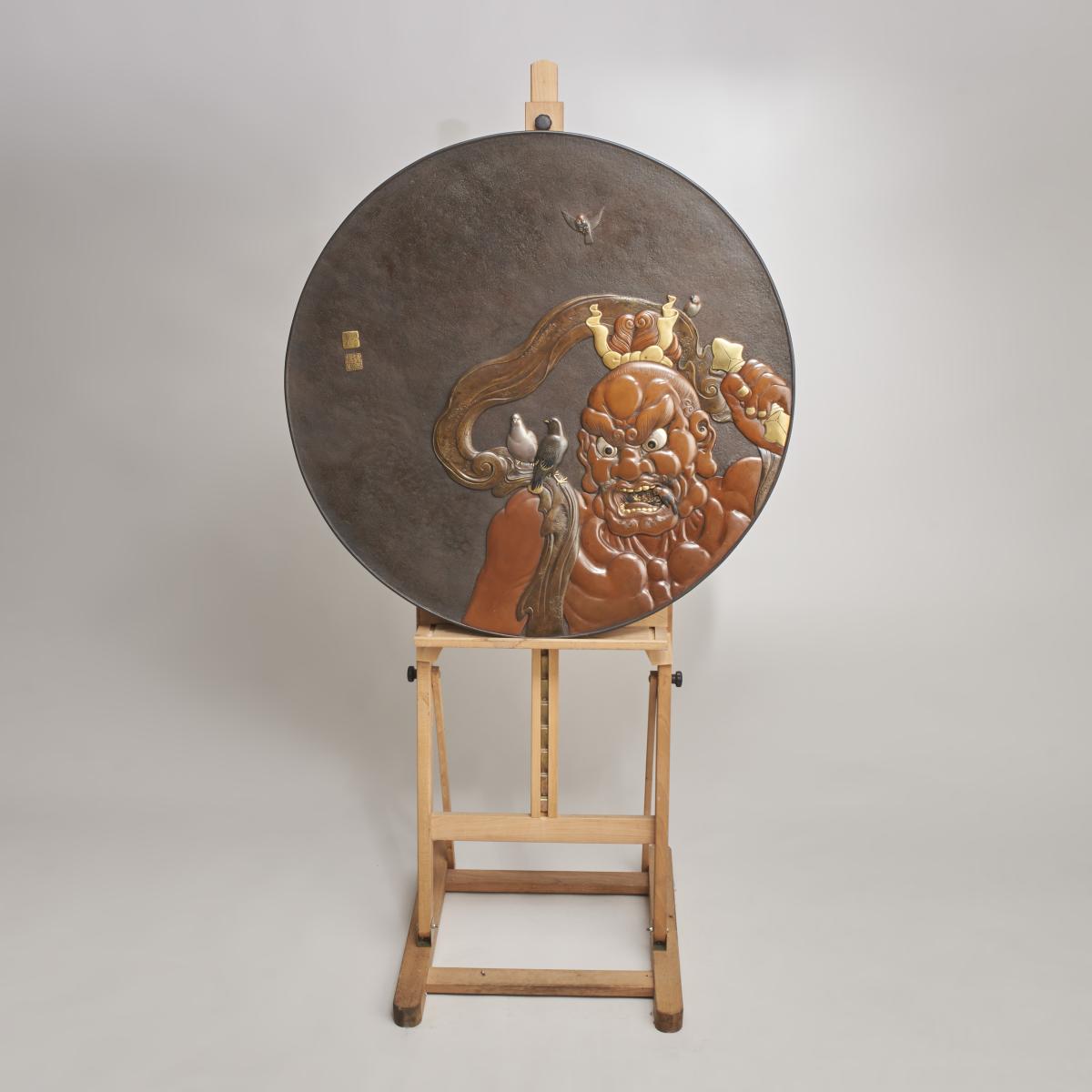
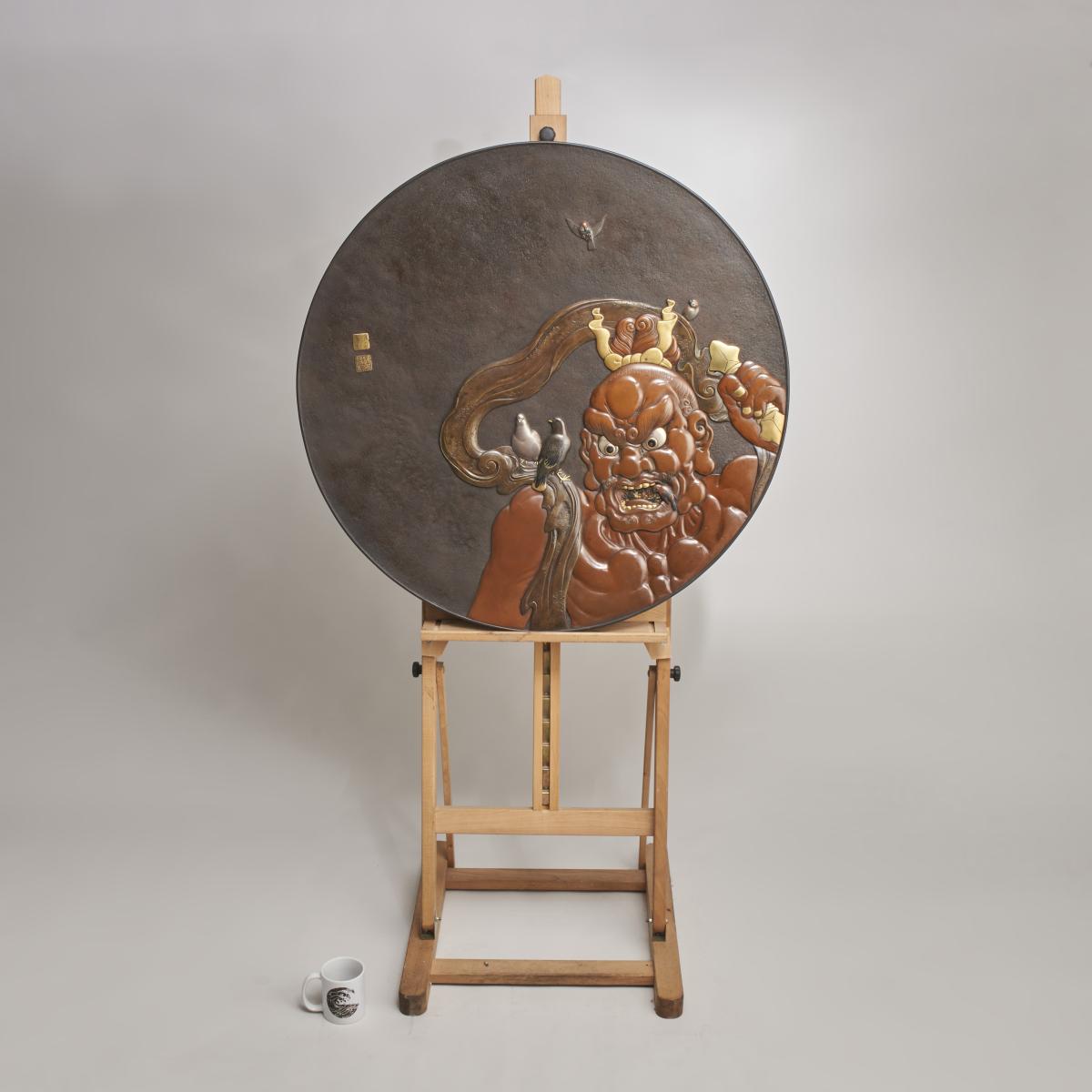
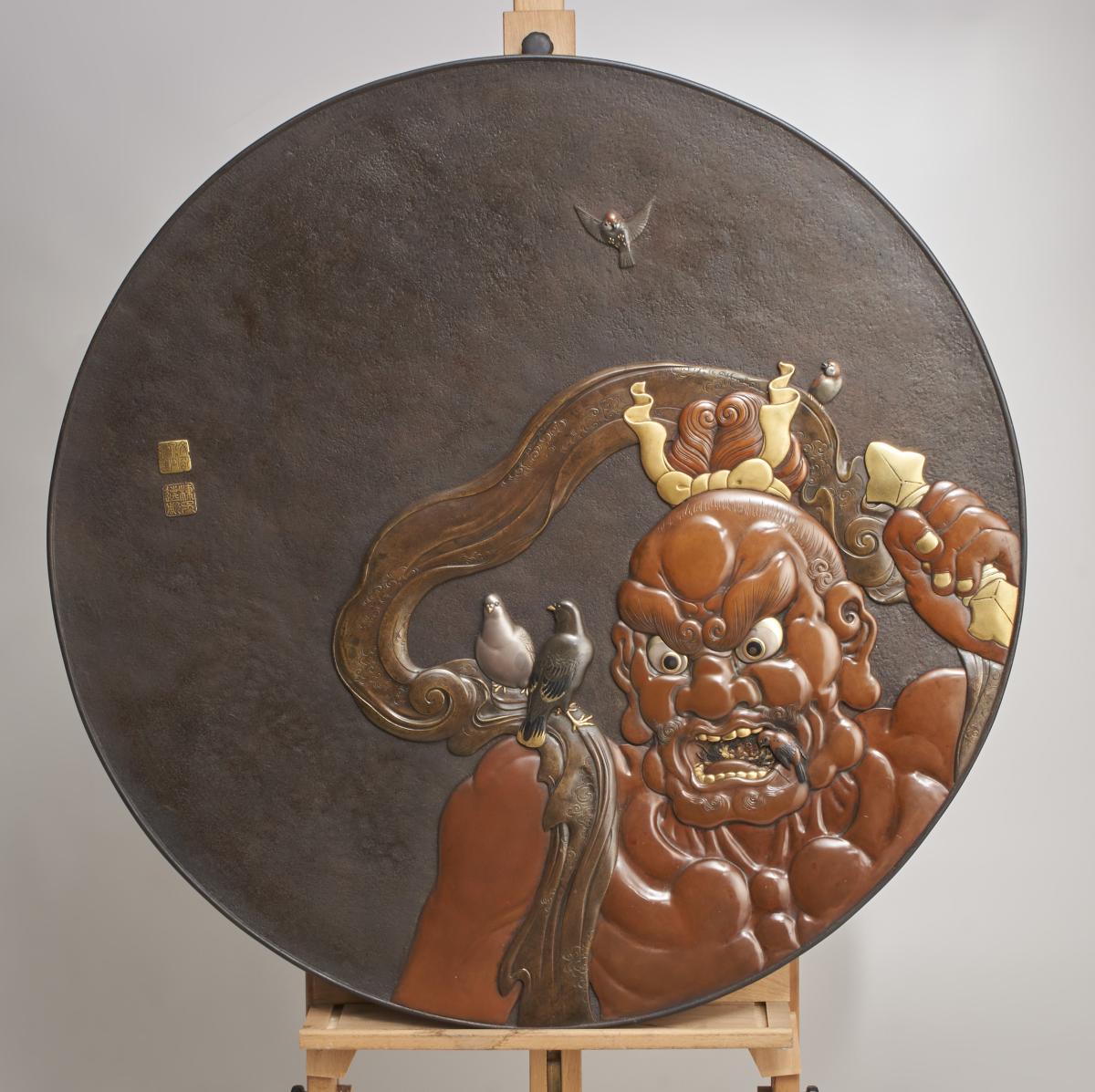
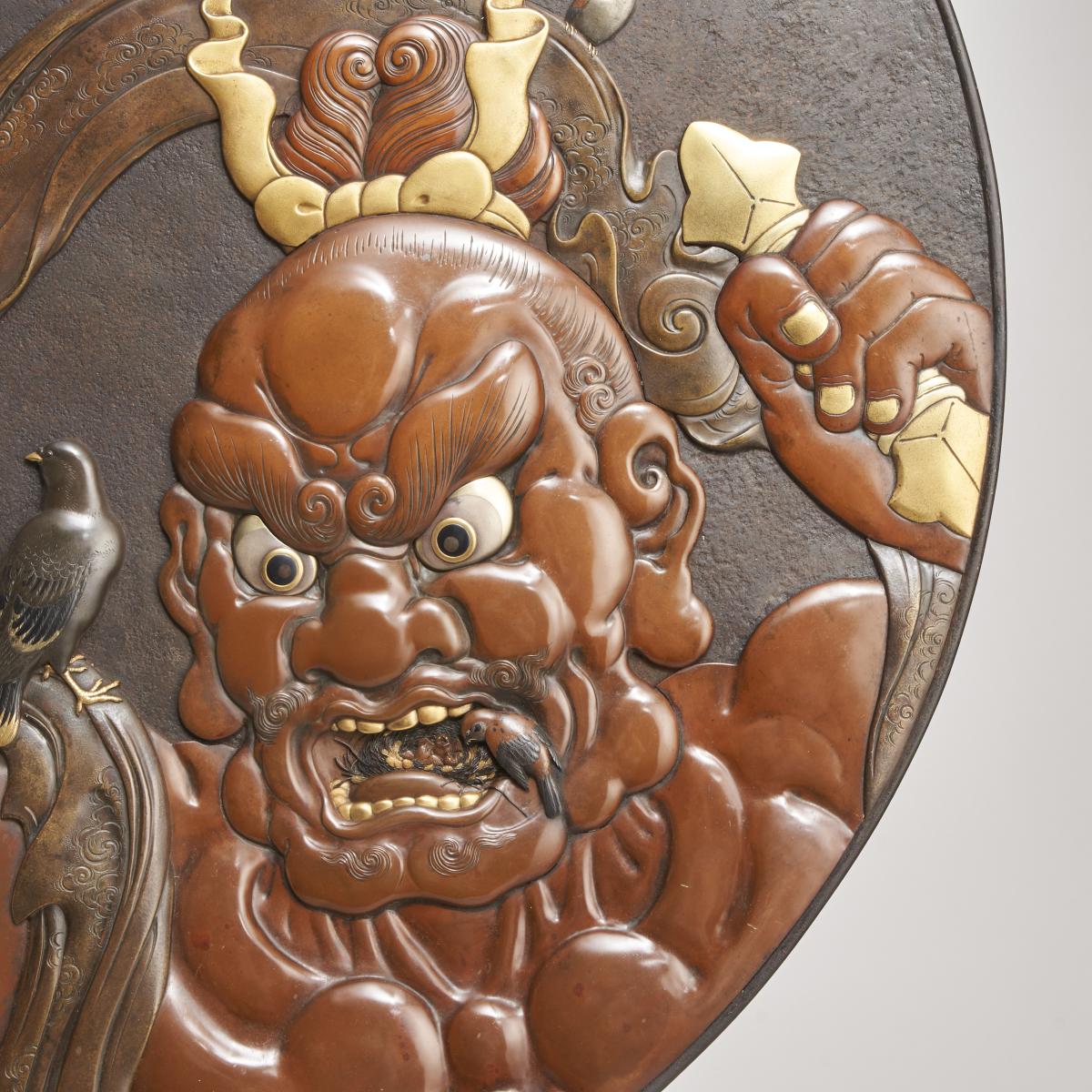
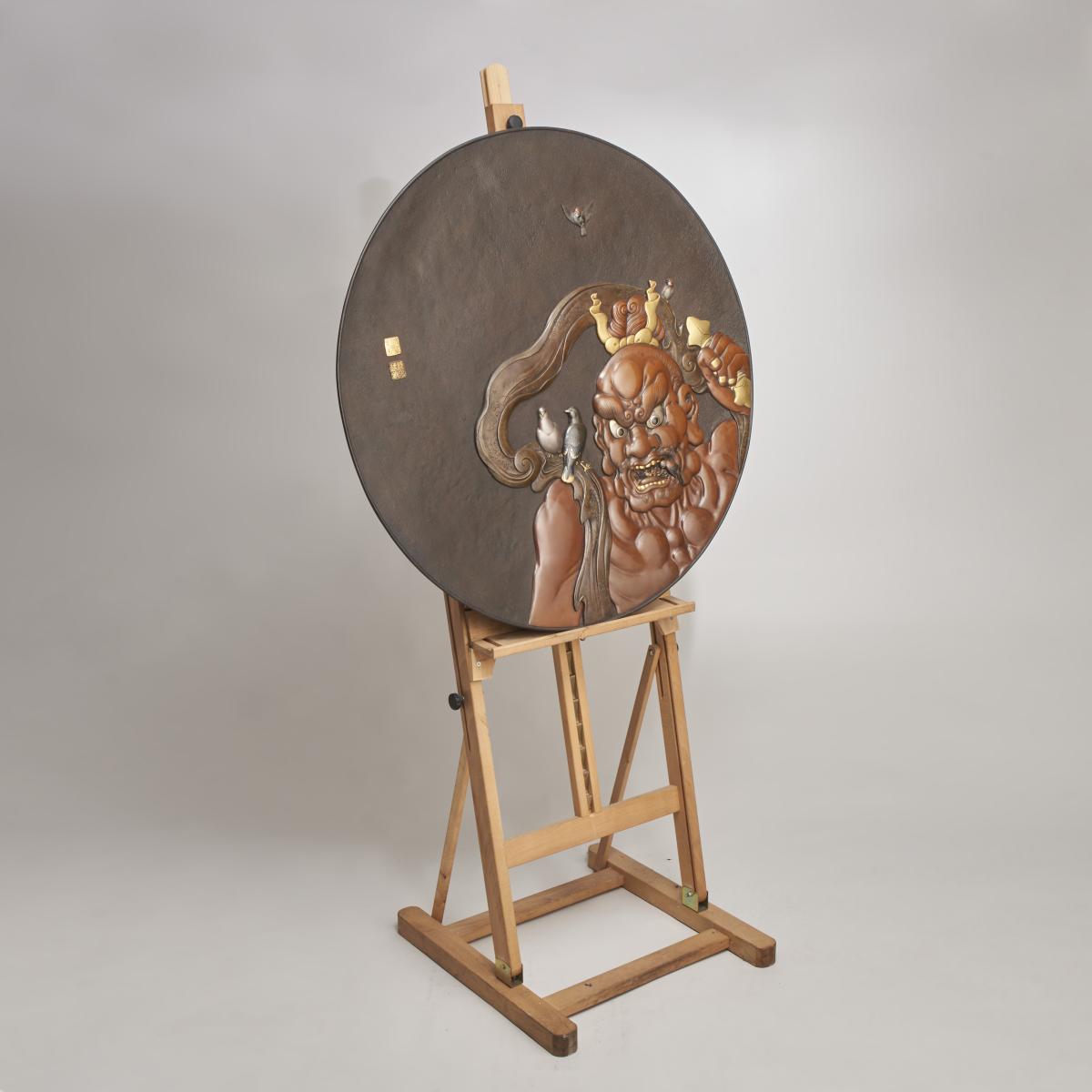
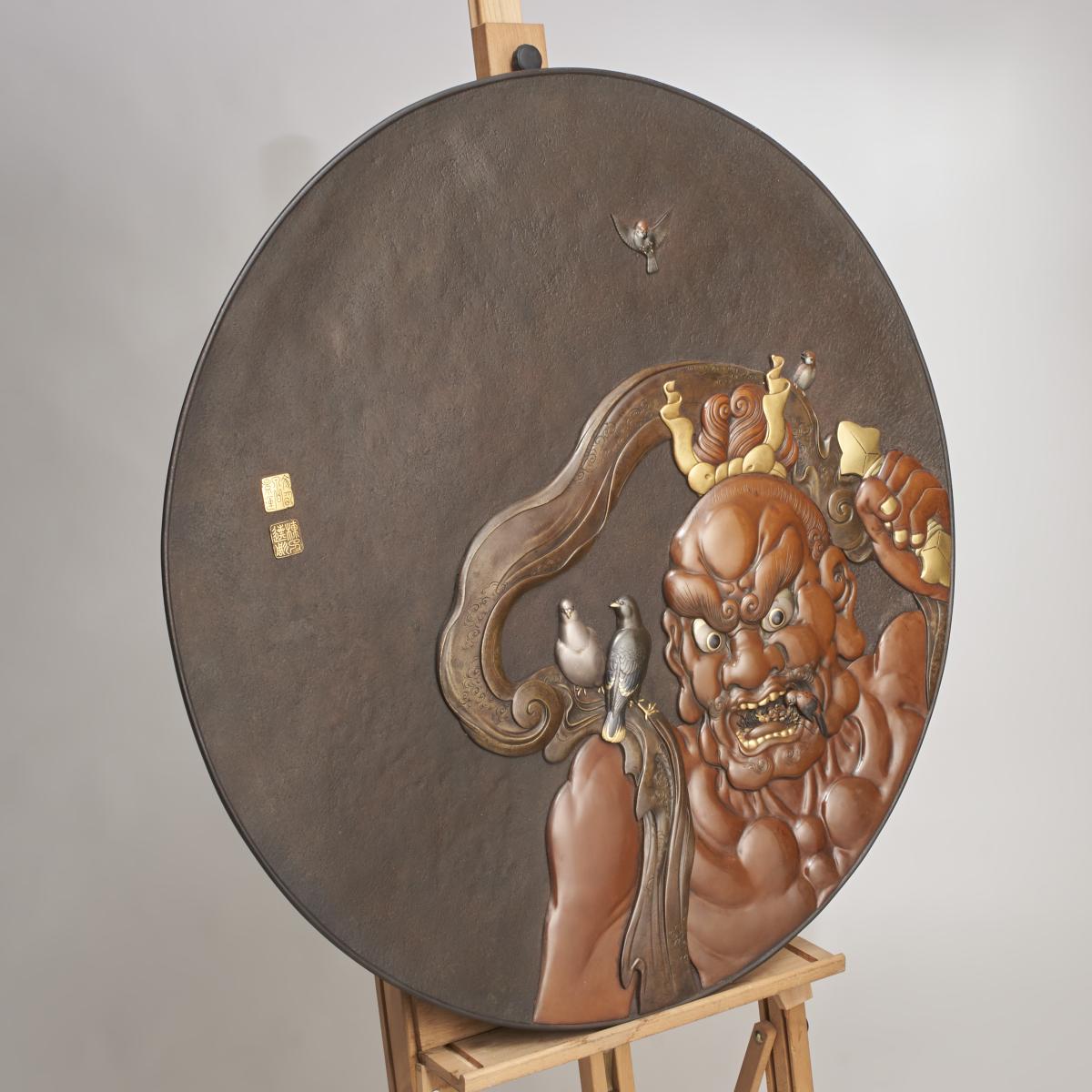
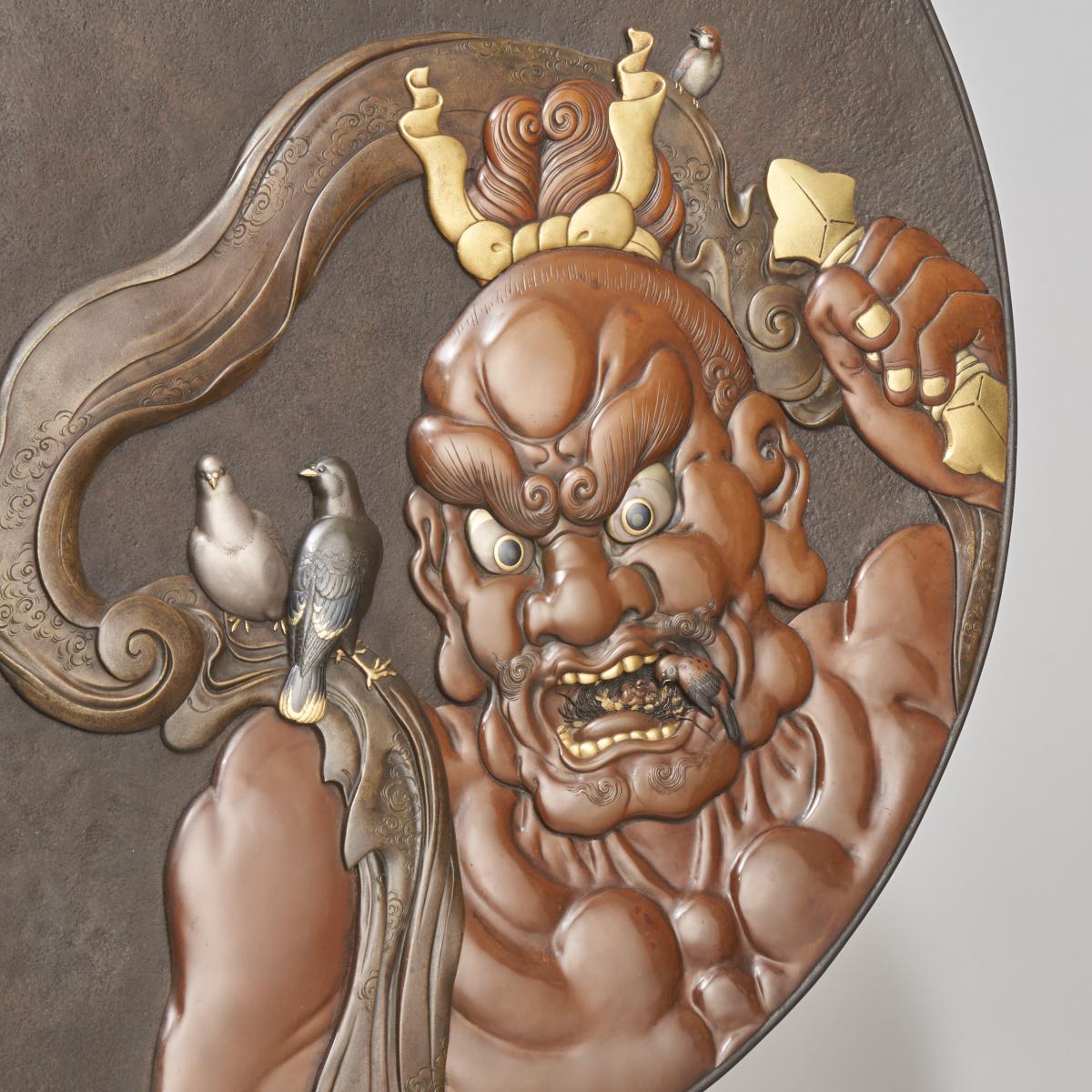
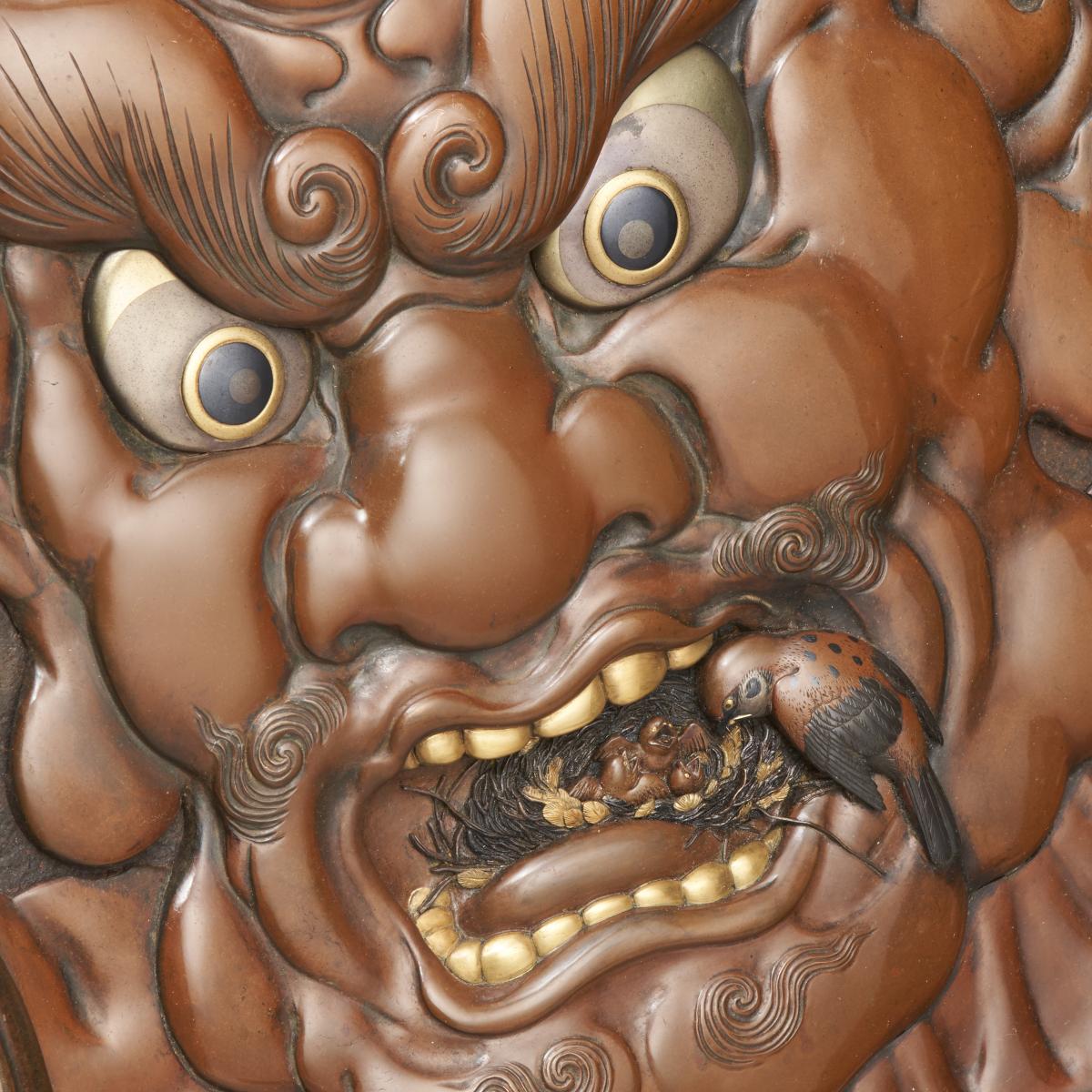
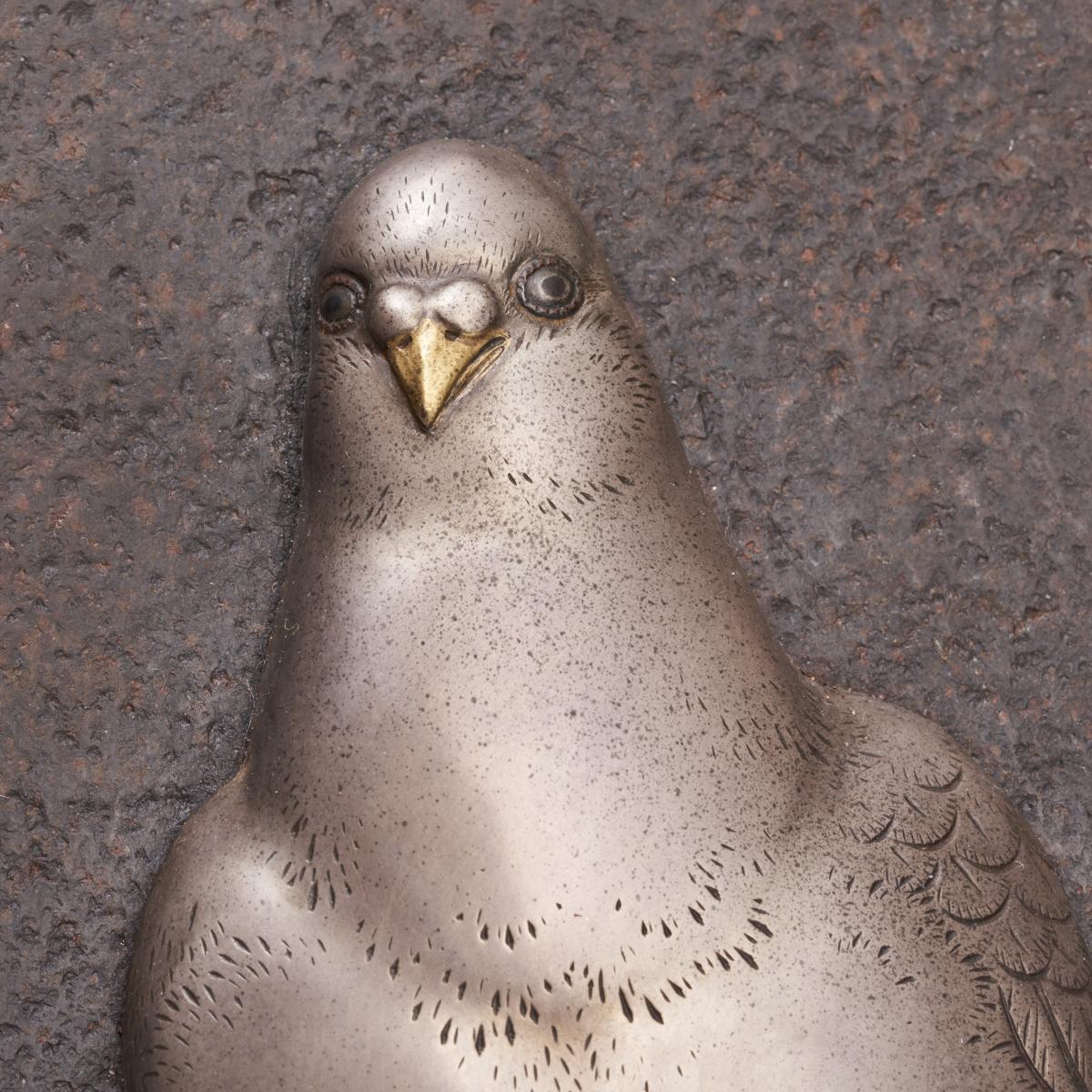
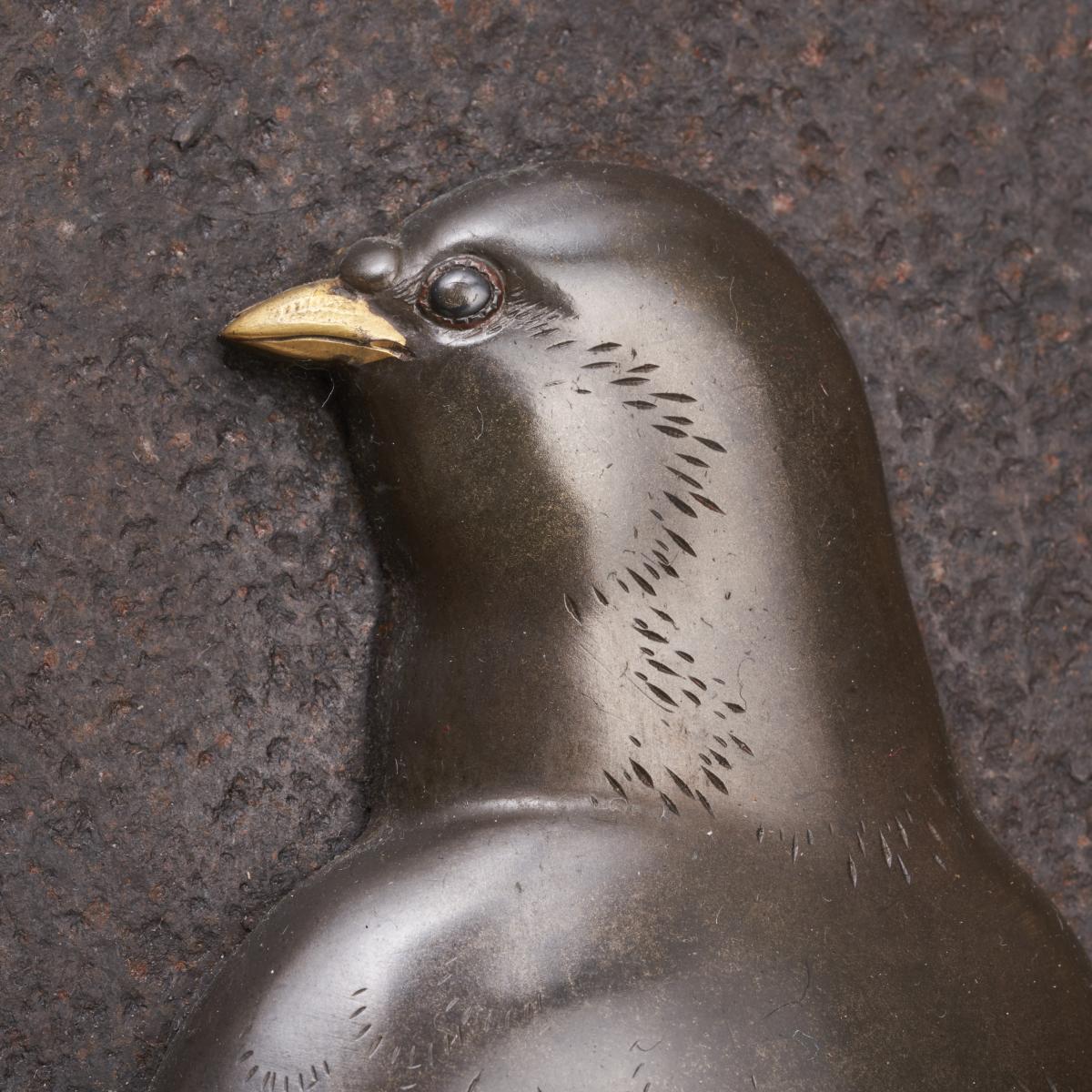
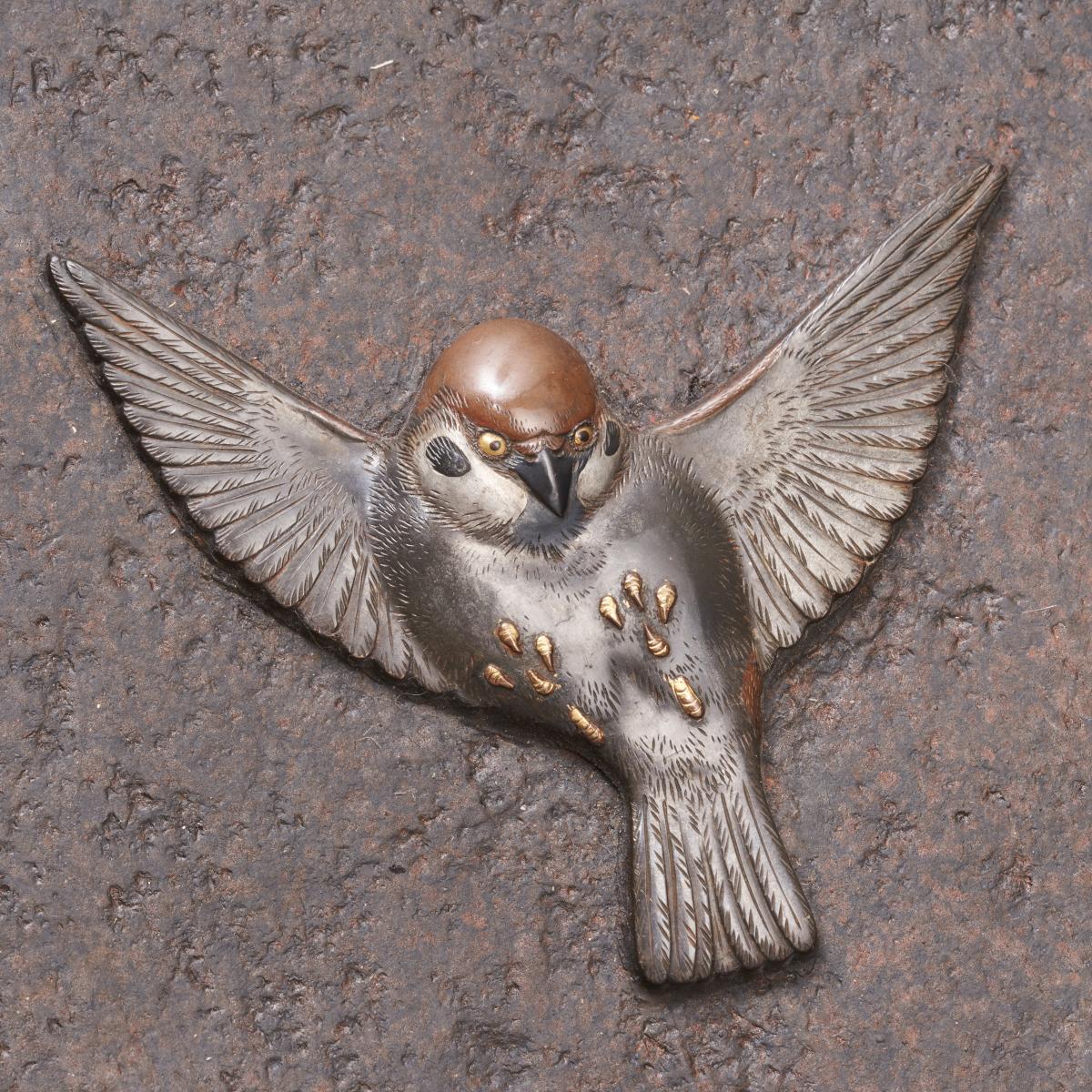
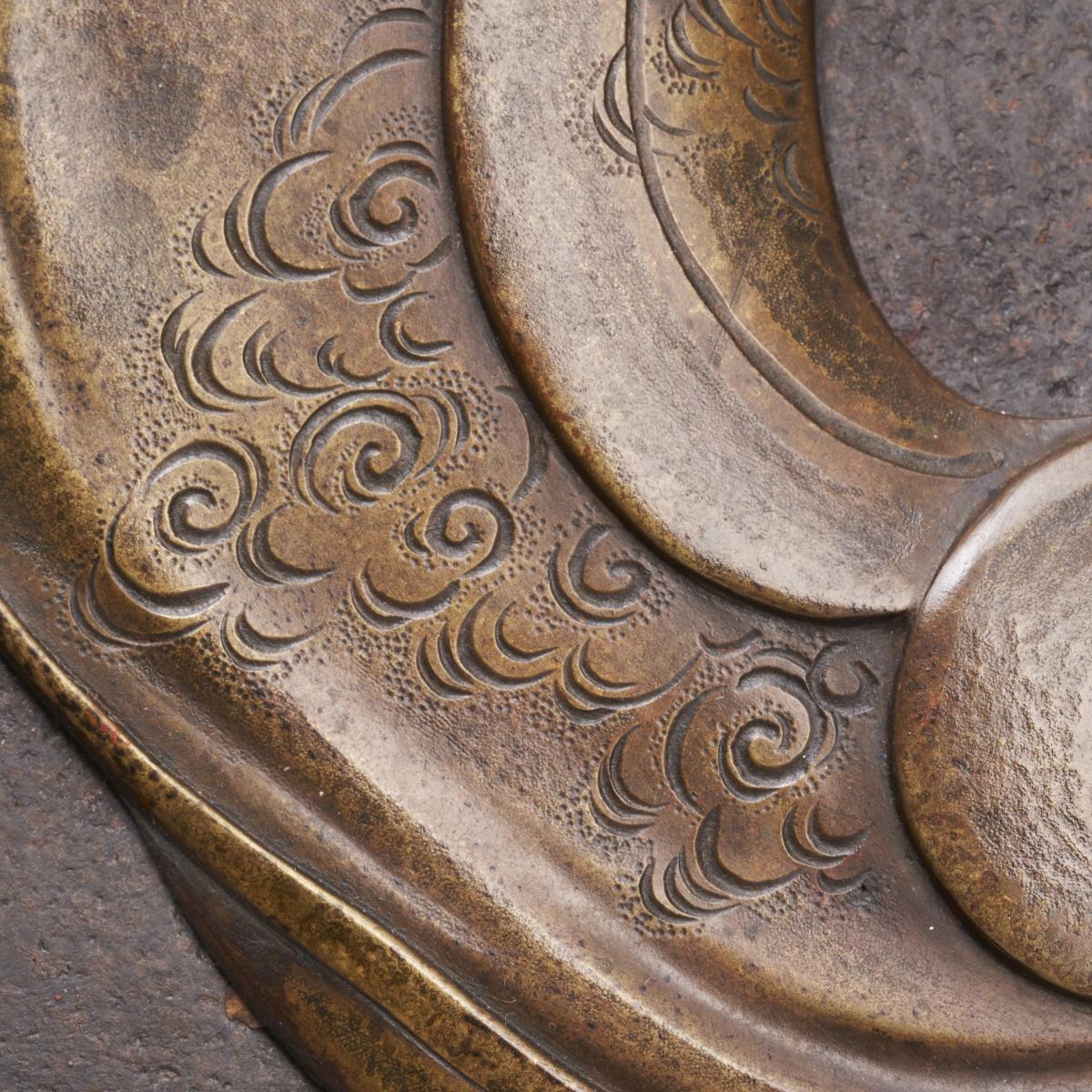
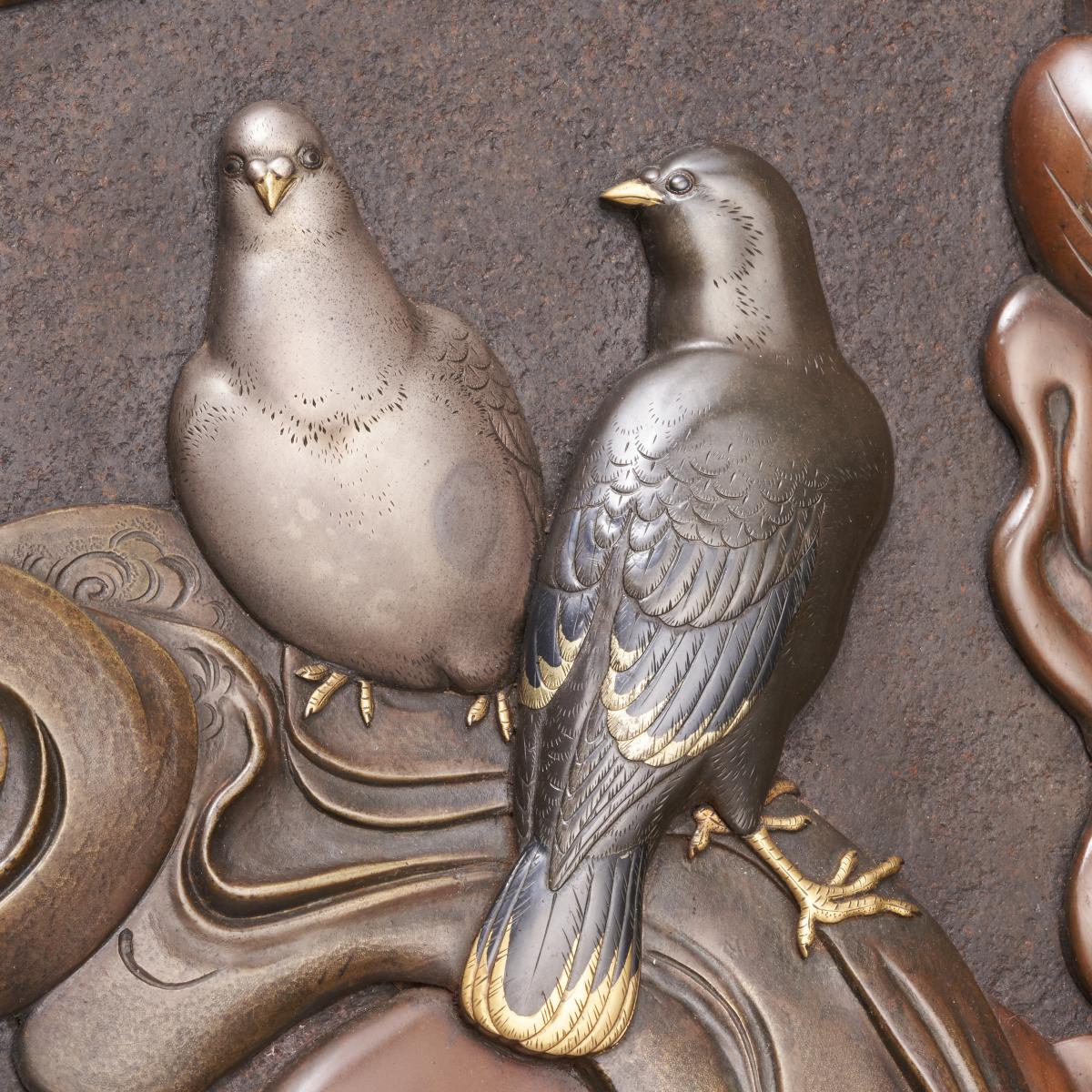
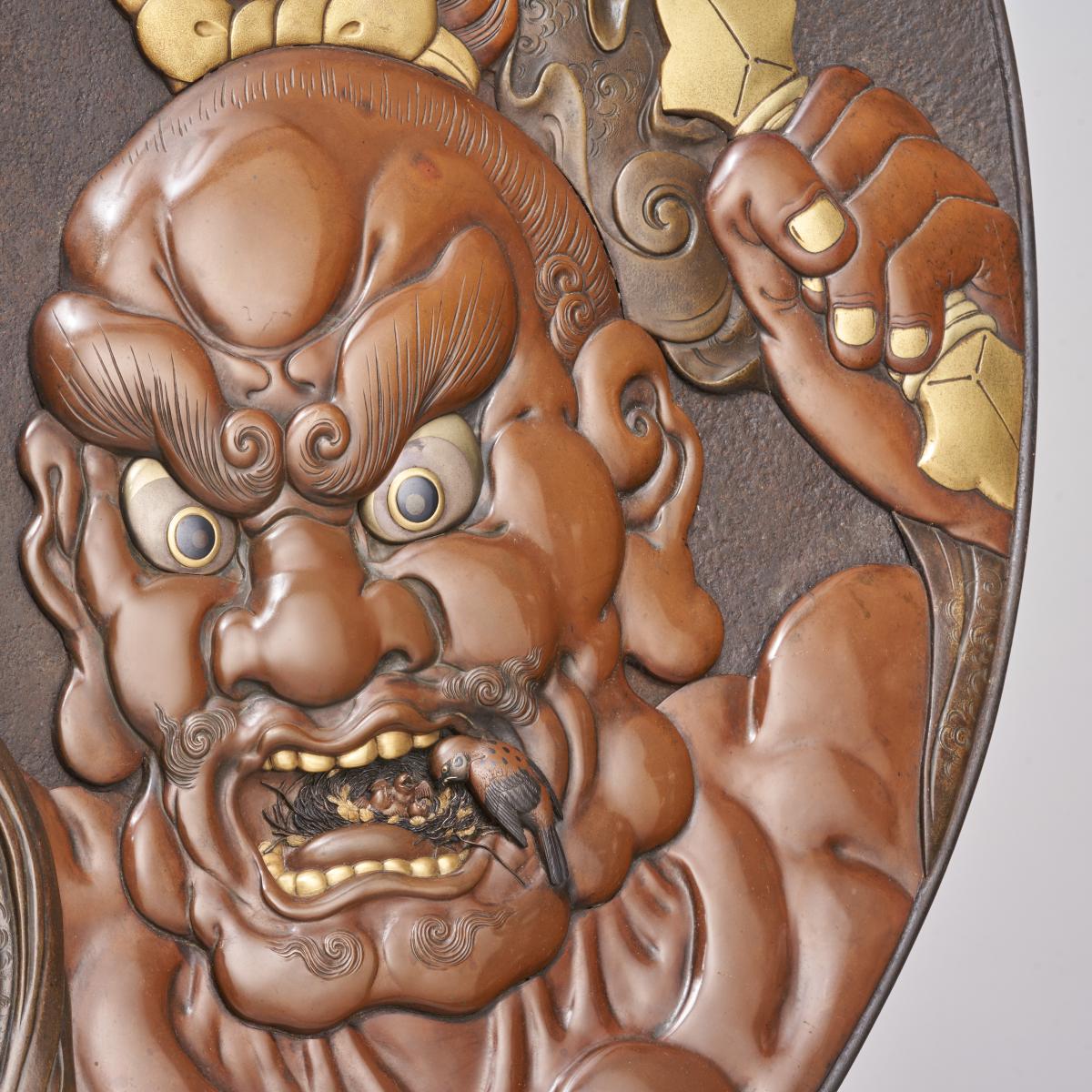
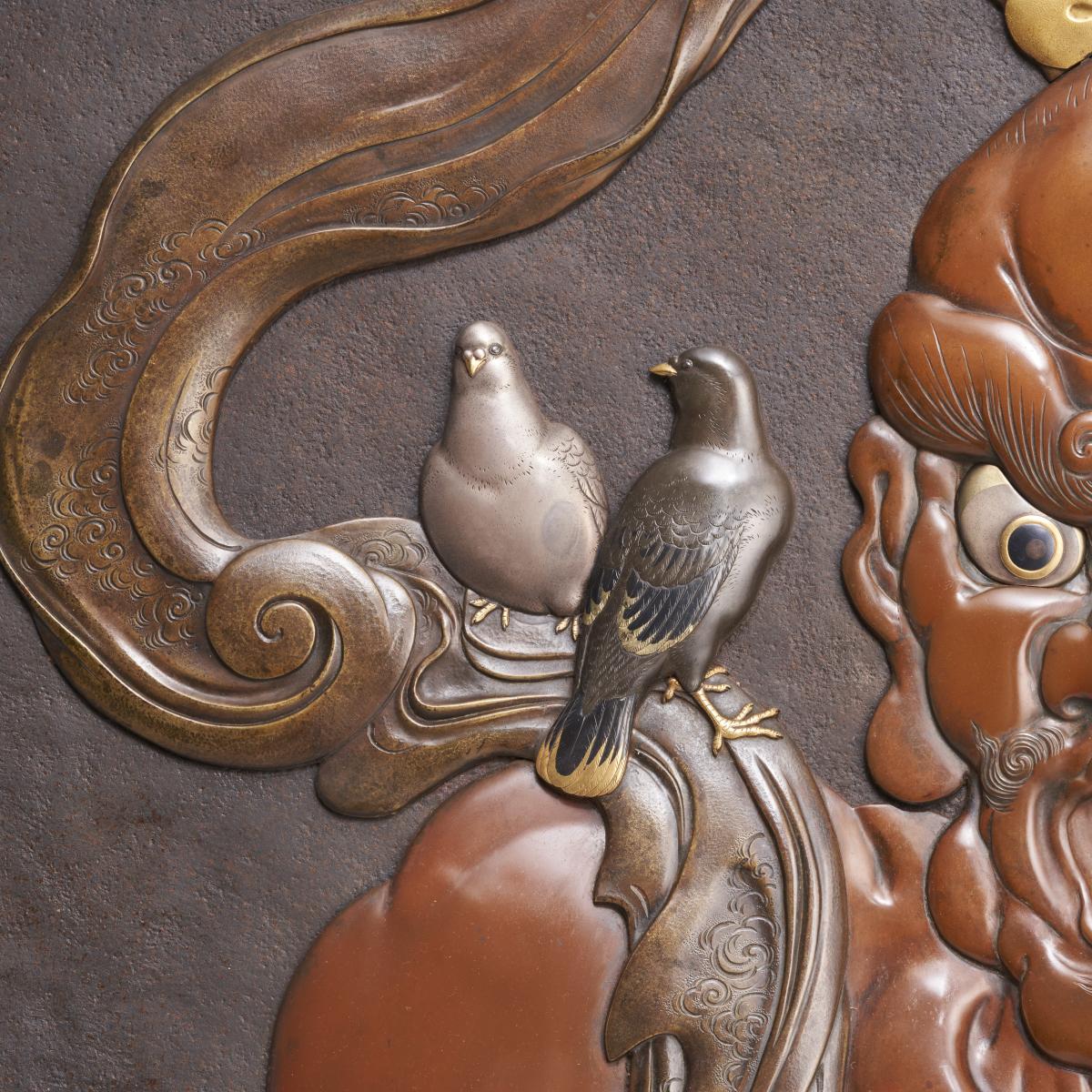
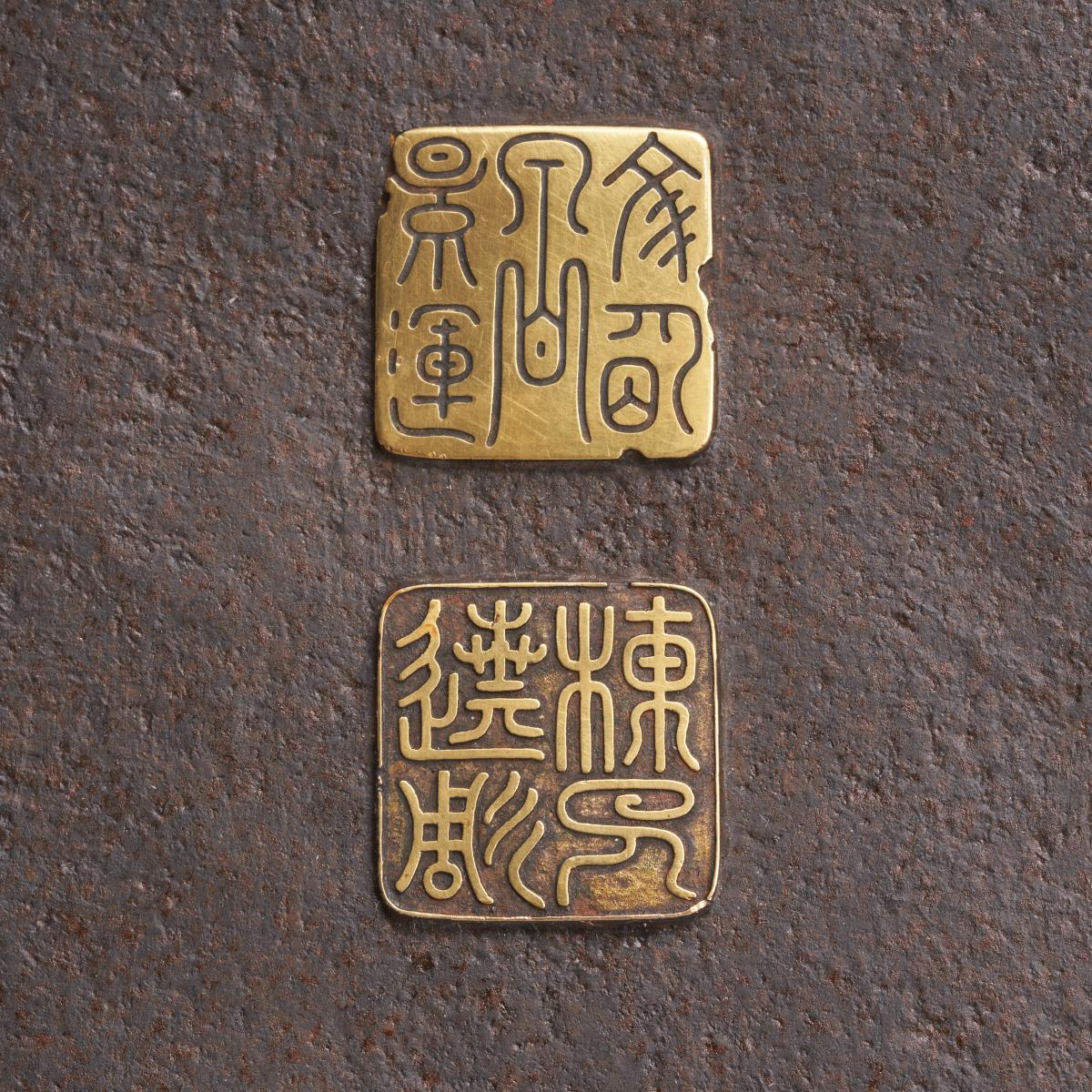
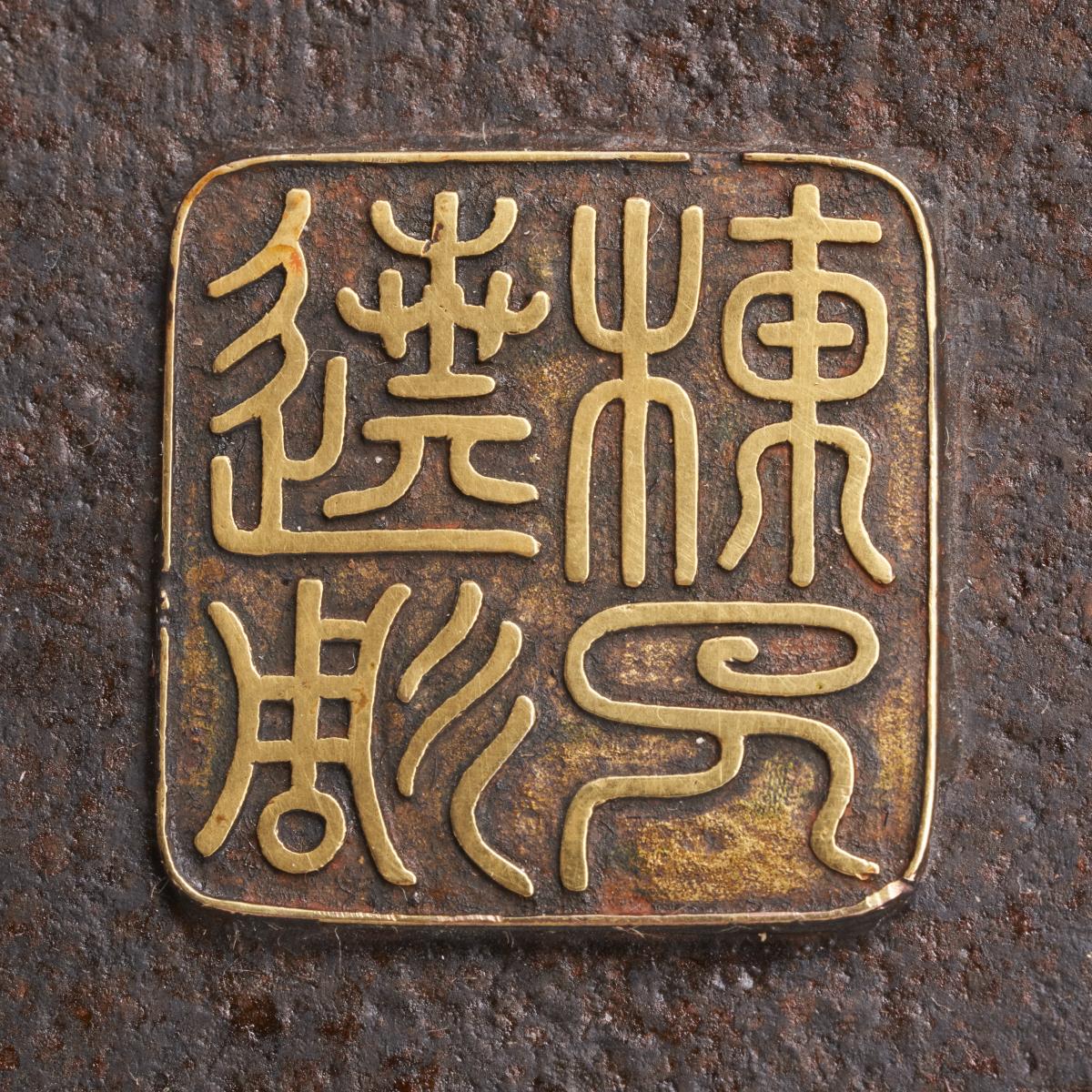
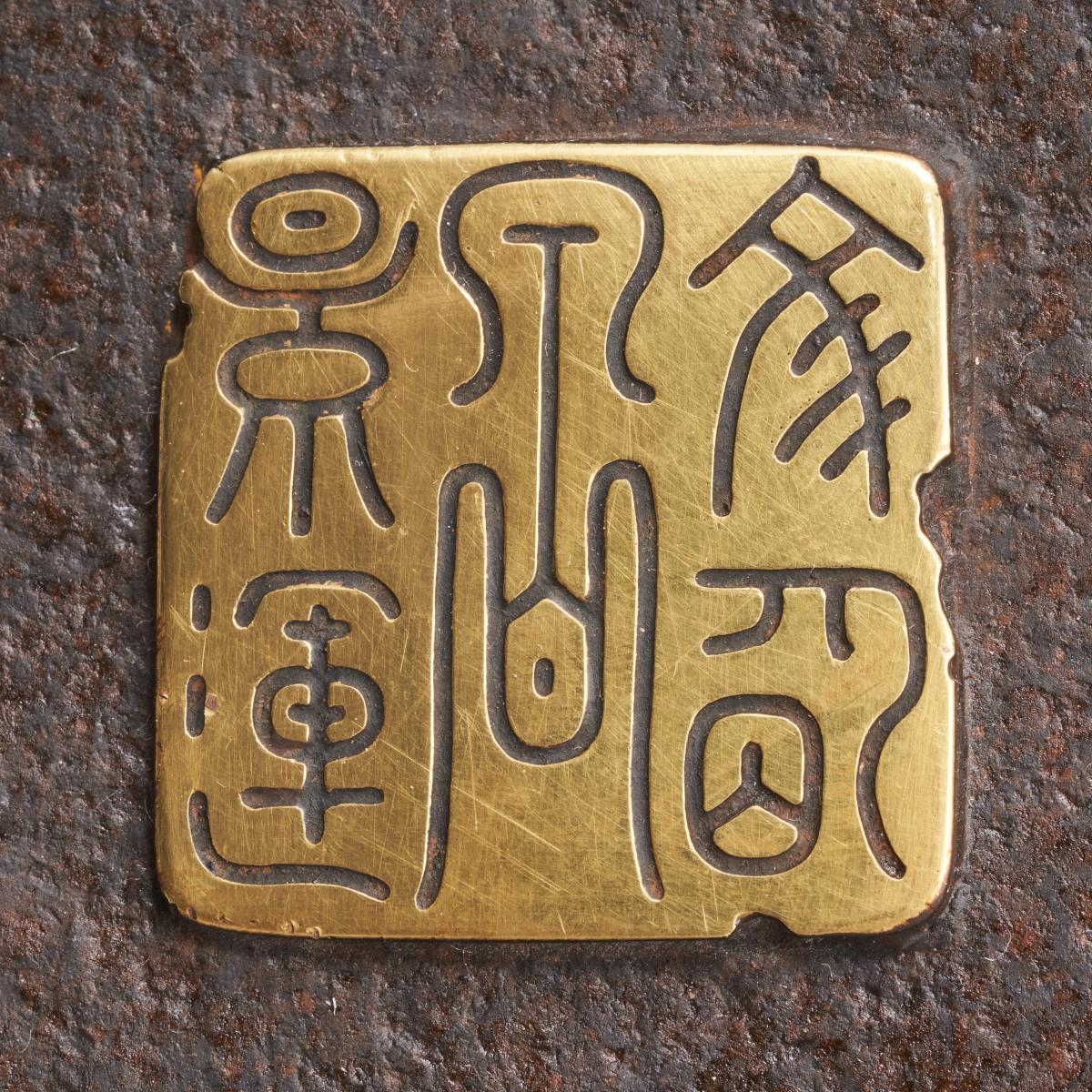
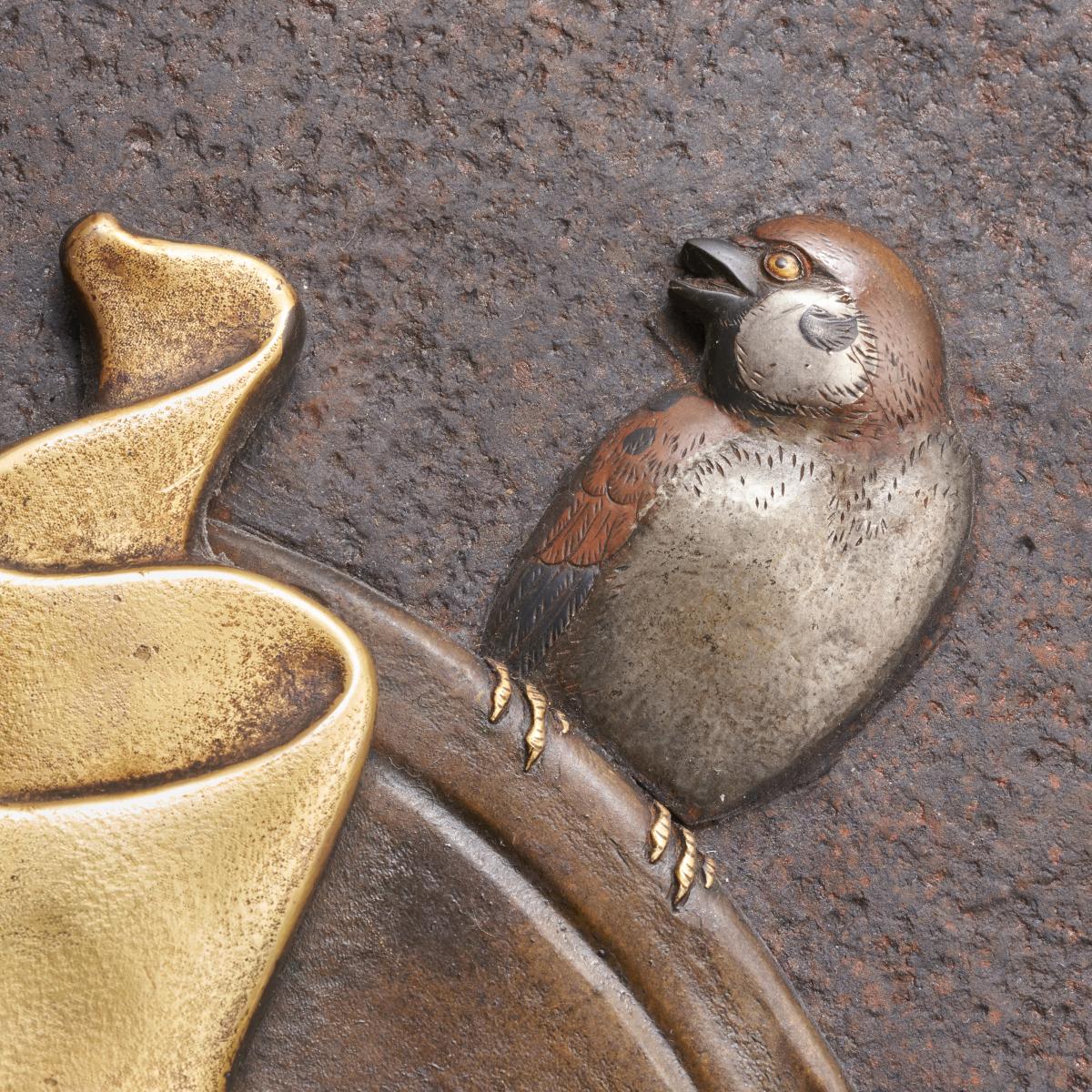
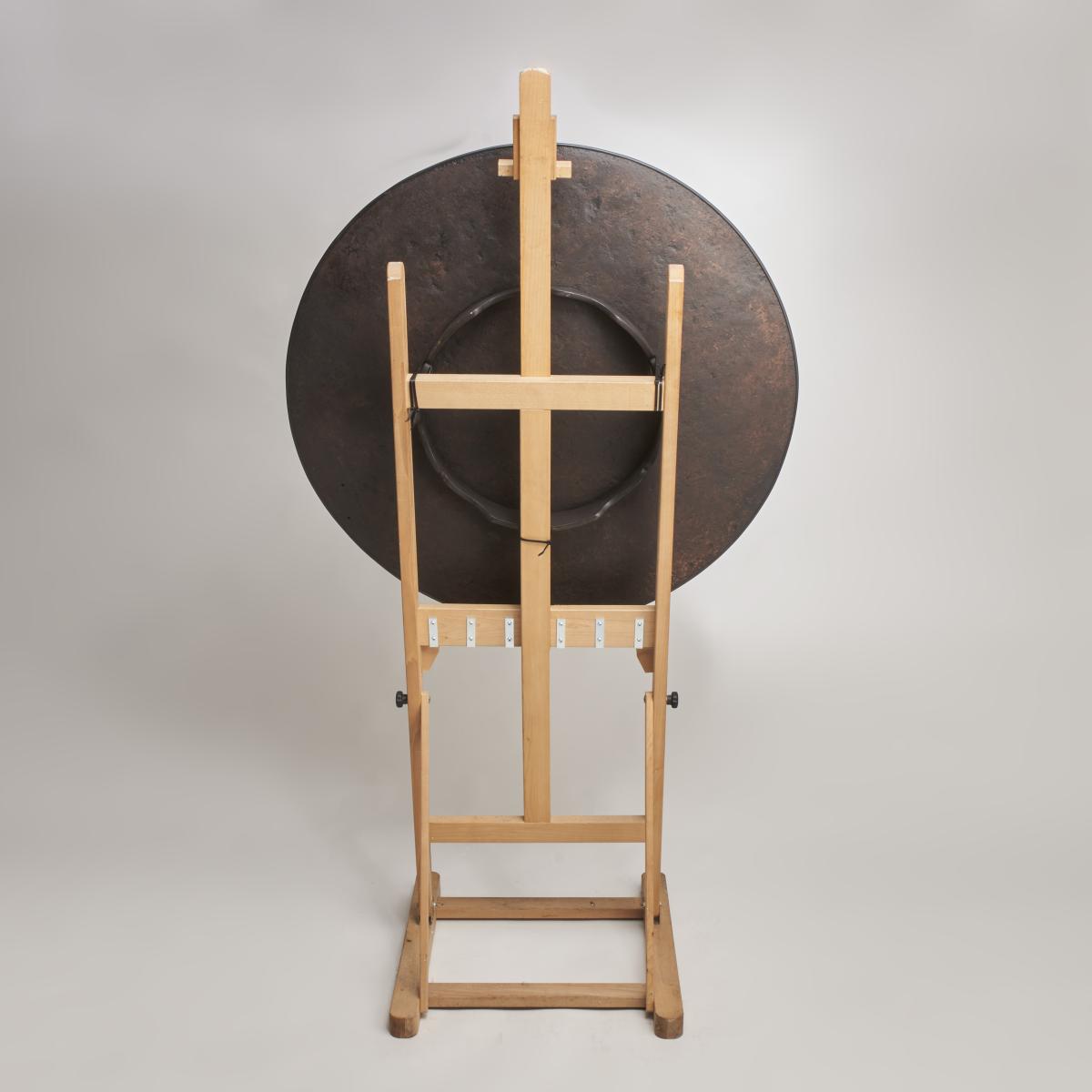
Price on application
This object is eligible for a Certificate of BADA Provenance
The BADA Standard
- Since 1918, BADA has been the leading association for the antiques and fine art trade
- Members are elected for their knowledge, integrity and quality of stock
- Our clients are protected by BADA’s code of conduct
- Our dealers’ membership is reviewed and renewed annually
- Bada.org is a non-profit site: clients deal directly with members and they pay no hidden fees
A monumental Japanese late 19th Century Iron and multi-metal charger depicting a Temple Guardian.
From our collection of Japanese Meiji-era (1868 – 1912) metalwork, this monumental and masterful Iron and multi-metal charger depicting a giant Nio (Temple Guardian) with a family of sparrows nesting in his mouth.
Nio are large, muscular creatures seen throughout East Asia standing guard at the entrances to Temples and Shrines.
A Nio is a manifestation of the oldest and most powerful Bodhisattva Vajrapani who was the guide and protector of Gautama Buddha, founder of Buddhism known now days across the world as “Buddha.”
Despite the pacifist tradition of Buddhism, Nio are justified in their use of physical force to protect the values and integrity of Buddhist beliefs.
The Nio depicted in this work is Misshaku Kongō. Of the traditional pair he is always found on the right hand side. His mouth is open making the ‘ah’ sound which symbolises the beginning and birth of all living things. He is a symbol of overt power, violence and protection and in his left hand he wields a Vajra, (a symbolic Buddhistic weapon.)
What is very apt in this depiction of Misshaku Kongō, (the bringer of life) is that he appears here with a family of Sparrows nesting in his mouth. The fledglings in the nest with their mouths open as they eagerly receive food from their mother.
A further Sparrow sits above the head of the Temple Guardian whilst another appears to be coming in to land on the Celestial Scarf that blows around his shoulders.
Not a great deal is known about the artists, (Isshinsai and Tojin) whose signatures are present on the left hand side of the dish although we do know that they worked alongside Unno Shomin.
Unno Shomin is one of the most celebrated Meiji-era (1868-1912) metal artists. Born in Mito (Ibaraki Prefecture), he studied from the age of nine under the guidance of leading makers of sword fittings. Shomin won several prizes at the first and second Domestic Industrial Exhibitions and would go on to be honoured as a Teishitsu Gigein (Imperial Artist). The fact that Isshinsai and Tojin were known to have collaborated with Shomin suggests that this is an important work as the quality and scale of the work also shows.
The fact that there are birds living in this Nio suggests that it is a depiction of a statue of a Nio as opposed to a mythological real living Temple Guardian.
Further symbolism is present as a pair of Doves rest above his right shoulder on the celestial scarf. Universally, Doves are seen as a symbol of peace and prosperity which is in stark contrast to the ferocity and violence displayed on the face of the Nio. The birds all feel safe and secure as opposed to being intimated or scared off by the Nio.
This piece is a great example of Meiji-era, Japanese master craftsmanship, imagination and humour. The dichotomy between the sheer fury and raw strength of the Temple Guardian in contrast with the innocence and fragility of the sparrows who have taken up refuge in his mouth.
The size of this work of art can be appreciated by the below photograph which shows a large coffee mug to show scale.
Dimensions
92cm acrossCondition report
Excellent condition as shown in photographsStock number
KPME103The BADA Standard
- Since 1918, BADA has been the leading association for the antiques and fine art trade
- Members are elected for their knowledge, integrity and quality of stock
- Our clients are protected by BADA’s code of conduct
- Our dealers’ membership is reviewed and renewed annually
- Bada.org is a non-profit site: clients deal directly with members and they pay no hidden fees


